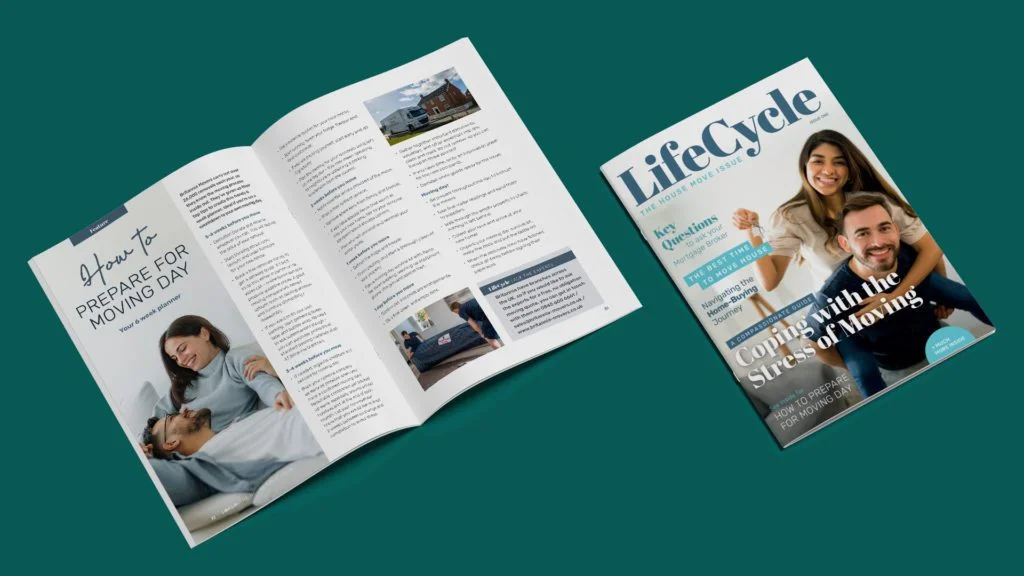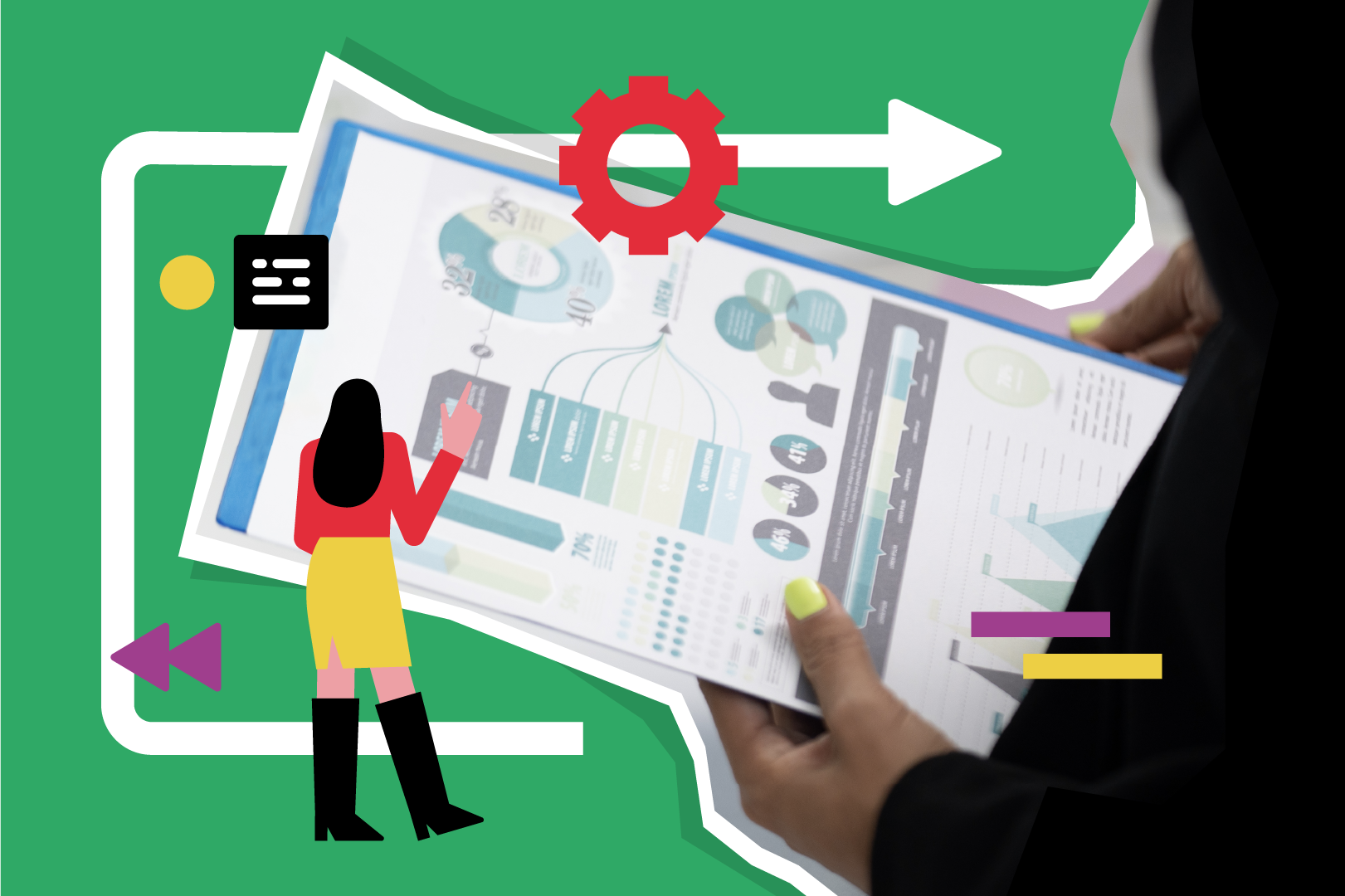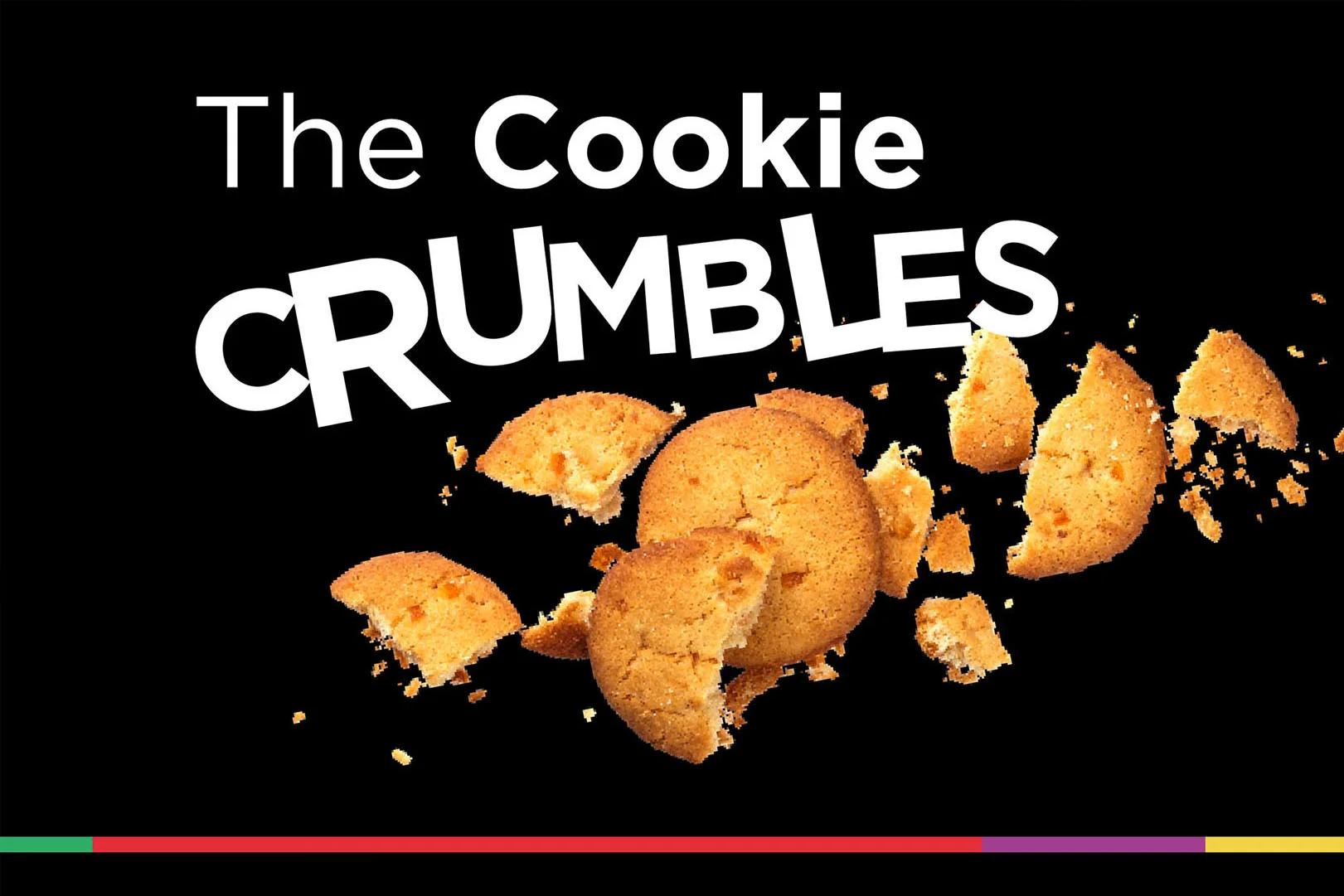Let’s get personal
Personalisation in your marketing strategy
In 2024 emails from companies are on a first name basis, adverts pop up on your social media feed based on your search history, even the barista at the local coffee shop wants to greet you by name.
Customers are growing accustomed to personalised experiences. Well aren’t we all? We expect Netflix to recommend movies we actually want to watch and Spotify to create a playlist perfectly matched to our particular musical tastes. While personalisation isn’t a new concept, advances in technology have transformed how and where it can be used.
Whether your audience is interacting with your brand through social media, a printed brochure, your website, or by email, they have become accustomed to a personalised experience that makes them feel valued.
Here are 7 key aspects of personalisation to better cater to your audience preferences.
1. Collect and Analyse data
Collect data from various touchpoints such as website interactions, purchase history, social media activity and email responses.
- Behavioural Data How is your customer interacting with your brand? What are their browsing habits? How long do they spend on certain pages?
- Demographic data You can segment and target audiences using age, gender, location and other demographic details.
From the data gathered, you can create detailed buyer personas to understand your target audience’s motivations and challenges. Use this information to map out the personalised stages your customer goes through from brand awareness to purchase and beyond.
2. Segment
Divide your audience into segments based on shared characteristics or behaviours. This can be as broad as an age group or location, or as specific as people who abandoned ‘sports shoes’ in their online shopping carts.
Segments can also change continuously – this is known as Dynamic Segmentation*. Having systems in place to update your segmentation in real-time, as more data becomes, available is a vital strategy to hit the right customers, at just the right moment.
*A simple example of dynamic segmentation: a targeted email campaign may produce data on who clicked on a specific link – this information can then be used to re-segment this client to ensure the marketing they next receive is based on this interactivity.
Armed with data like that you can ensure that the targeting remains accurate and relevant and your customers stay engaged with your products and services.
3. Personalise Content
You have the analysed data and have segmented it into different pools of clients, or ideal clients, that have similar interests, demographics or behaviours.
It’s time to personalise what you’re saying! This is where your marketing becomes powerful!
Email Campaigns: Craft emails that address recipients by name and suggest products based on their past purchases or browsing history. Sending consumers personalised offers can hook them in and secure that next purchase!
Web Browsing Dynamic Content: Create a website or advertisements that change content in real time based on the visitor’s profile. Present them with different images or offers relevant to their browsing history or previous interactions to show them that they’re ‘heard’ and that you want to service the need that they have.
4. Craft a relevant Message
Personalisation is important, but so is relevance! Ensuring your messaging has some meaning to the recipient is vital if you want to hold their attention.
Benefit-Focused Copy: Use your data segmentation to emphasise the benefits of your product or service. Highlight how your product/ service can specifically support the recipient’s needs and challenges.
Storytelling: Weave stories into your marketing efforts that resonate with the specific experience or aspirations of your audience.
Imagery: The images you choose will make your audience stop and read on. If including people in your imagery, consider if these should be the same age as the client base you are marketing to. Are the colours you’re using on-trend and/or on-brand? If featuring your product in your imagery, is the product clear?
Case Study: Lifecycle magazine was created by Citicreative. The affiliate magazine included suitable imagery, benefit-focused copy and storytelling relevant to those moving house; it was mailed to 20,000 home movers just before their moving date.

5. Be Consistent on all Channels and Consider Omni-Channel Experiences
Ensure your personalised messaging matches up across all channels – email, social media, website, SMS. This will ensure that your customers have a smooth experience and aren’t getting bombarded with different messages and products.
Linking one channel to another, such as a QR code on your marketing mail that moves receivers through to your website, creates an omnichannel experience for your audience, and provides you with more opportunities to grab their attention and analyse their data.
6. Test and Refine
Regularly test different versions of your messages (A/B testing) to see which performs better in terms of engagement and conversions. Use the insights from your tests and performance metrics to continuously refine and improve your messaging strategy.
In Summary
Relevance
The more relevant your message to the target audience, the more likely it is to resonate and prompt a favourable action
Data
Use data to understand your customers deeply and to tailor your message to their unique wants and needs.
Cohesion
Maintain a consistent voice and message across all touchpoints to ensure a seamless customer experience.
Improvement
Regularly test and refine your messaging to keep it effective and aligned with evolving customer behaviours and preferences.
Reach out to Citicreative to see how we can deepen your customer experiences.
Source:
Marketing personalization — what it is, why it matters, and examples (adobe.com)





